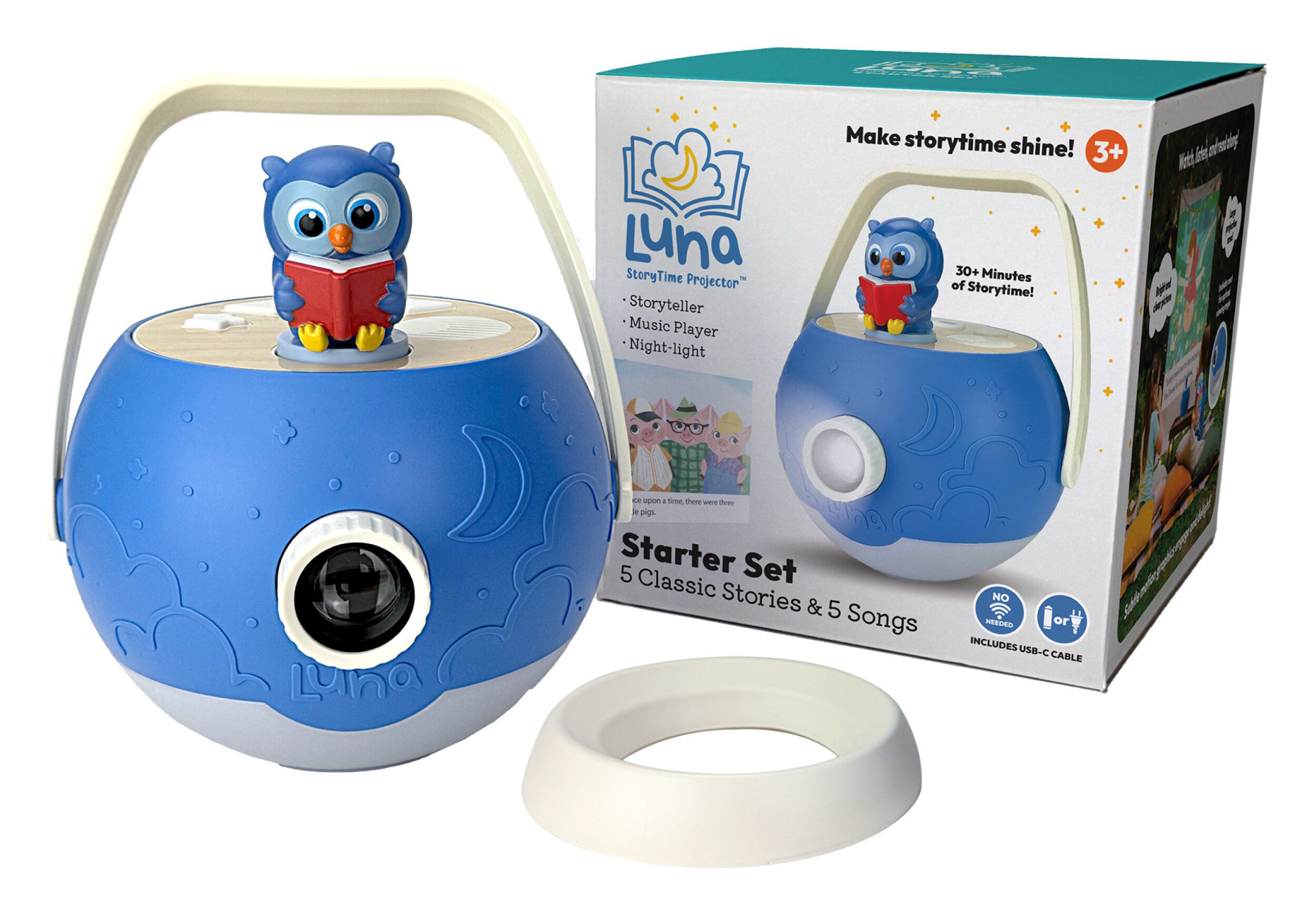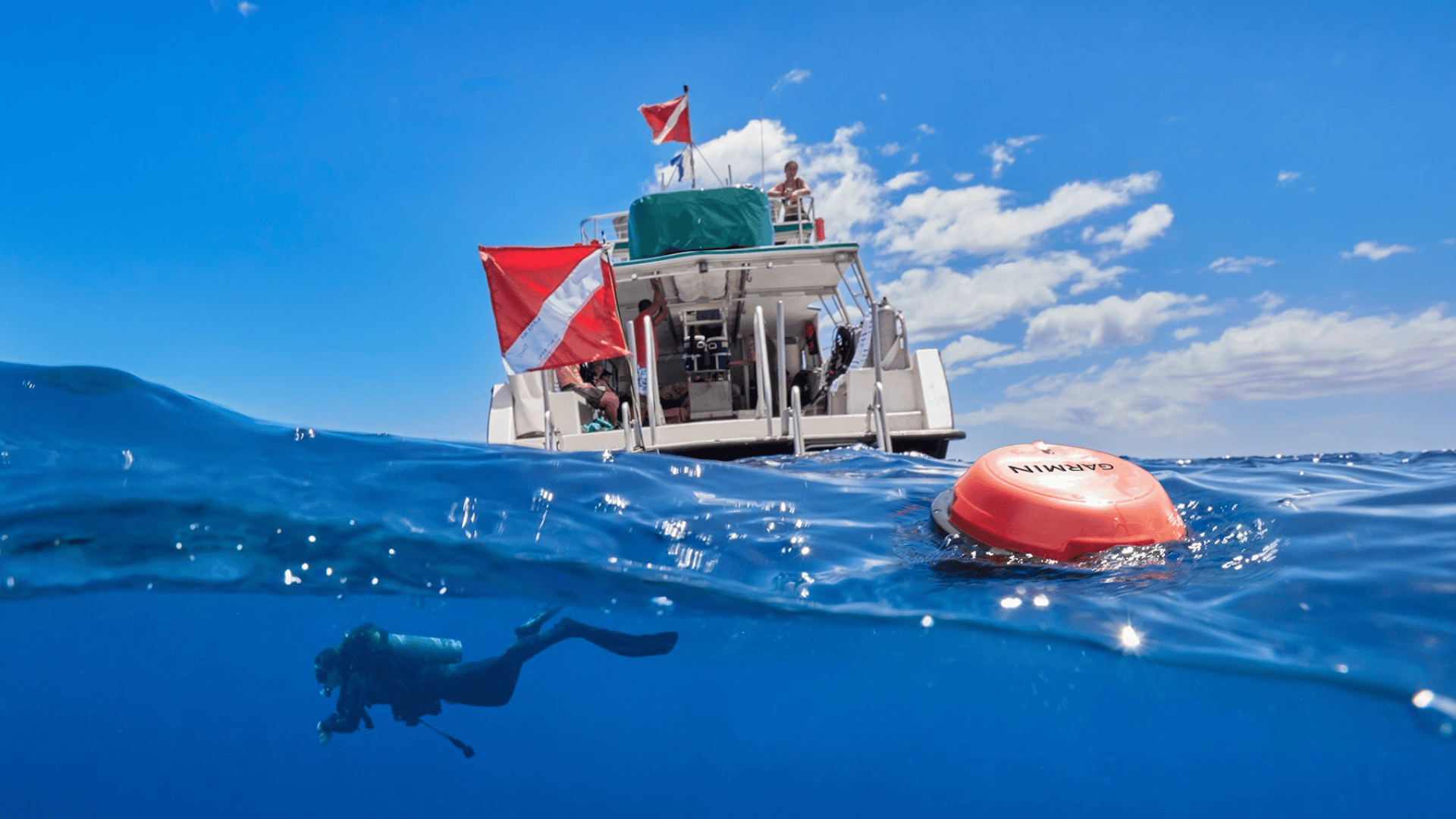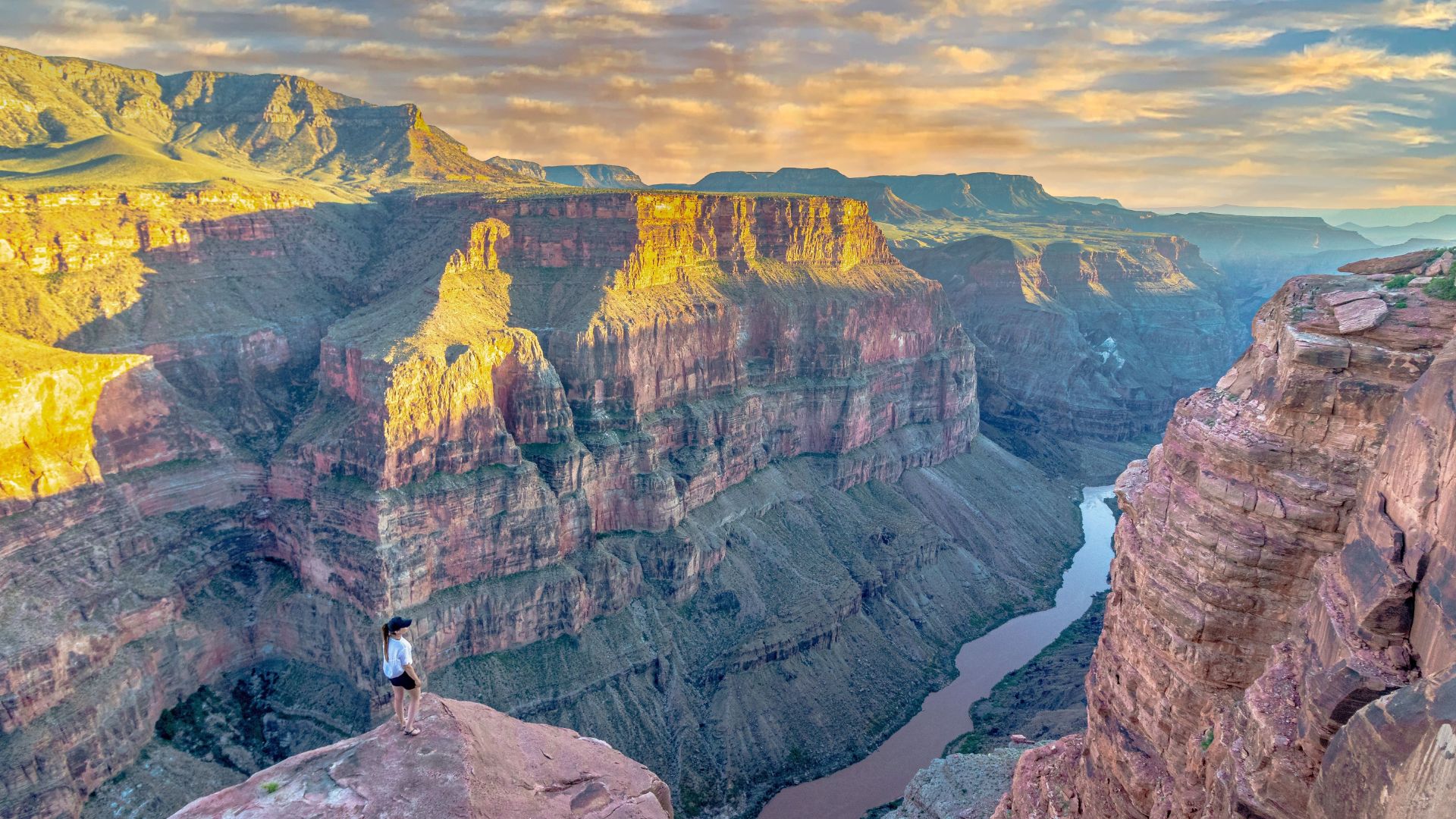Imagine coming upon a river, flowing through a stretch of forest. But when you look down into the water, rather than seeing light blue water reflecting the sky above, you see shades of yellow and red mixing together in various patterns and shapes. You look further down the river and the red is mixing with shades of blue, black, and green. And these strange twists of color are stretching down the river as far as you can see into the distance. You may think it’s just a pigment of your imagination… or perhaps the effect is the result of some sort of scientific experiments being conducted nearby…. Well, what if we told you that a naturally occurring river like this exists in South America? The Cano Cristales, otherwise known as the Liquid Rainbow, is located in Colombia’s Meta department within the Serrania de la Macarena National Park.
The Serrania de la Macarena National Park is a protected area covering roughly 2,400 square miles with one of the most biodiverse ecosystems in the country. There is a wide variety of animal and plant life, with approximately 2,000 plants, 1,200 insects, 550 bird species, and 100 reptiles. The area also contains species of jaguars, anteaters, monkeys, cougars, and deer.
Within this area is the Cano Cristales, which is a 62-mile stretch of river that contains waterfalls, rapids, designated swimming areas, and small circular pits that are formed by chunks of rock knocking into each other. And, from June to November each year, the river also contains a rainbow.

Otherwise known as the “River of Five Colors”, the Cano Cristales is the home to the Macarenia Clavigera, an aquatic plant (and species of the riverweed family Postdostemaceae). During the wet season of the year, the plants are able to grow in full because the river runs fast and high so the sun cannot hit the plants below. During the dry season, there is not enough rainwater coming in to protect the plants from the sun’s rays. And this rare species of plants bloom in a variety of colors including blue, green, red, yellow, and black, giving the clear water the effect of having a rainbow blooming beneath the surface.
https://www.youtube.com/watch?v=JND94HVa6Yc
At its peak, the Liquid Rainbow would receive roughly 15,000 tourists per year. However, due to environmental conservation, they have capped the number of tourists allowed at 200 per day and you cannot visit the site without a licensed guide or through a specialist company. They even needed to close the area in December of 2019, only reopening officially recently in June 2021.
The long break from hue-man interaction is said to have had a positive impact on the flora and fauna in the area and we’re in dye-er need of a ticket to visit.
Discover more about the World of Inspiration, and explore how young people are saving our forests, Alaska’s Denali Park, and how to make your home more hygienic.







